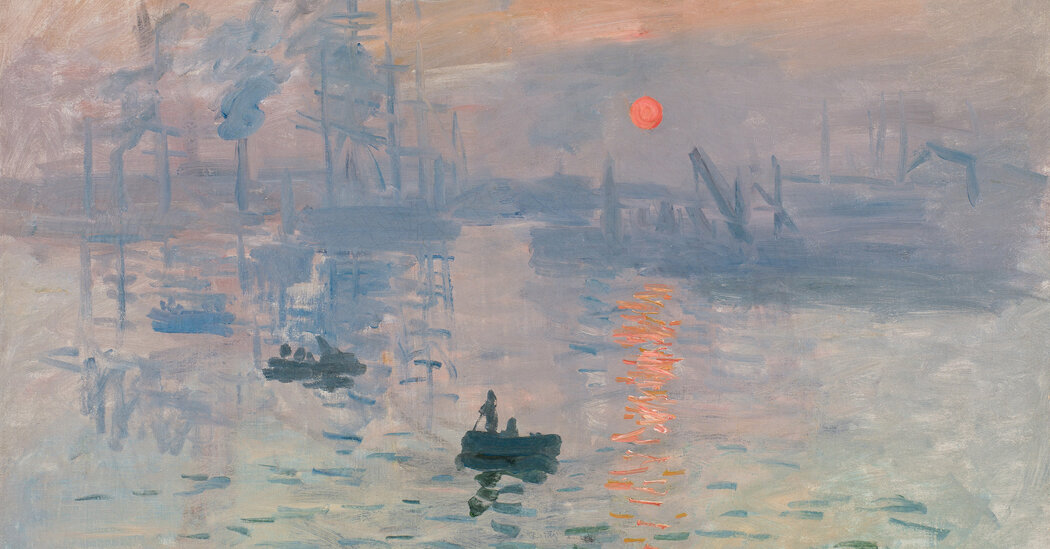Impressionism, an art movement that emerged in the late 19th century, can have a profound influence on an artist’s creative nature. At its core, Impressionism emphasizes spontaneity, freedom of expression, and capturing fleeting moments. This focus on the impression of a scene rather than its precise details encourages artists to let go of rigid, formal techniques, fostering a more intuitive and personal approach to their work.
For an artist, adopting Impressionist principles can inspire a deeper connection with their surroundings. The movement emphasizes the play of light and color, teaching artists to observe how natural light changes throughout the day, transforming the same scene into different visual experiences. This heightened sensitivity to light and atmosphere can lead artists to develop a richer, more nuanced understanding of their subjects, whether they are landscapes, portraits, or everyday scenes.
Impressionism’s emphasis on loose brushwork and vibrant, unblended colors offers artists a liberating approach to technique. Rather than focusing on perfect realism, artists are encouraged to experiment, allowing their own emotional response to guide their hand. This can nurture a more fluid, organic style, where the process of painting becomes as important as the finished piece.
Moreover, Impressionism often focuses on ordinary, everyday scenes, validating the beauty in the mundane. This perspective can help artists see their world with fresh eyes, finding inspiration in places they might have previously overlooked.
By embracing the tenets of Impressionism, an artist may feel more free to explore their creativity, trusting their instincts and developing a unique voice that reflects both their internal emotions and the external world in a more authentic, expressive manner.




